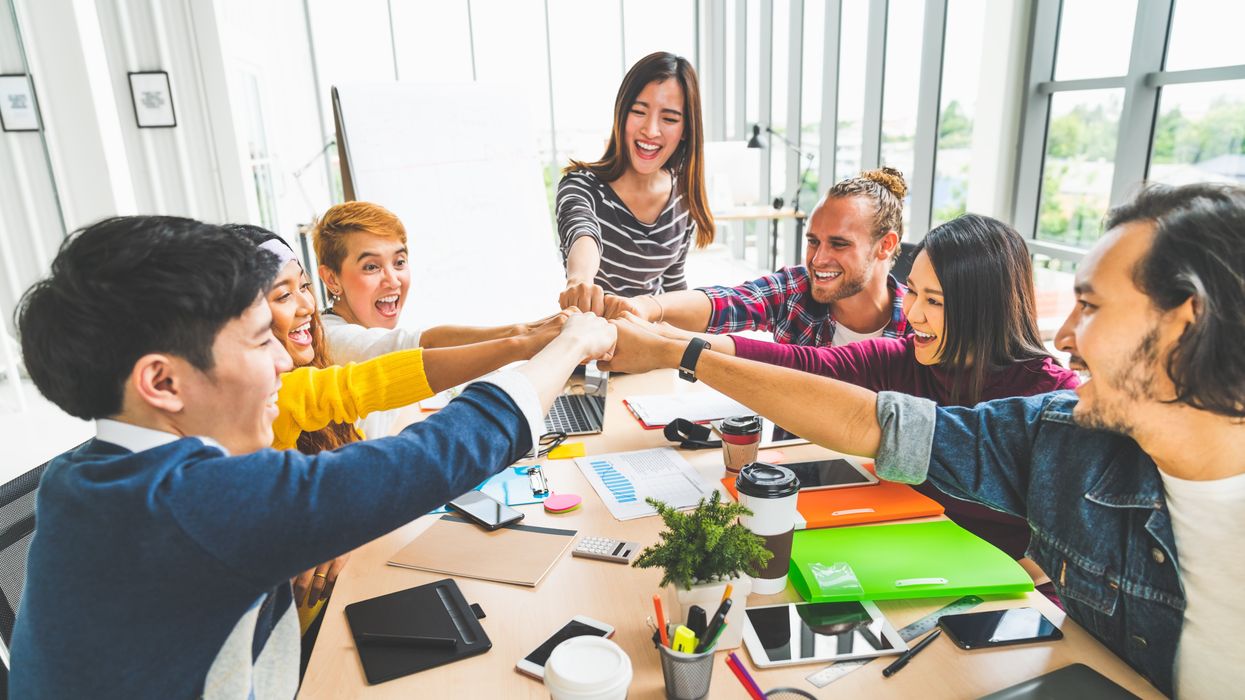Johnson is a national equity specialist, healing practitioner, speaker and facilitator in the art, culture, business, and social justice sectors. She is also a public voices fellow with The OpEd Project.
The United States celebrated Independence Day a few weeks ago, honoring the courage of the drafters and signers of the Declaration of Independence. As many employees return to a normal workweek after the holiday and summer vacations, company leaders can ensure everyone continues to experience their unalienable rights in the workplace by centering a courageous and compassionate work culture.
As an equity specialist, I often work with organizations aiming to create a work environment that successfully navigates the various identities, needs and experiences of the staff. This goes beyond reward programs and requires that organizations operate through a culture that is committed to having difficult conversations and investing in collective solutions. A Blue Cross Blue Shield report noted that work culture has a direct impact on job satisfaction and extended impact on employee health. Work culture matters, and everyone has a right to a work environment that honors their human dignity, including their identity.
Employees have a wide range of needs, from communication styles and accessibility accommodations, to time management tools and cultural celebrations. Because no two individuals are the same, conflict is bound to happen as everyone brings a different identity, experience, perspective, belief or value. This is the inherent diversity of humanity. Conflict is as inevitable as the difference between two people. As the nation works to address systemic barriers, bringing more people with more differences together in a meaningful, productive way requires access, equity and belonging.
It is difficult to feel dignified when your identity is dismissed, targeted or a poorly engaged topic of exploration for the sake of diversity. Clients often share that “the work itself is not the issue. It’s the people. It’s exhausting trying to get others to understand why this matters let alone have the conversation in a way that doesn’t lead to more emotional labor.”
There are many fields that have historically excluded women and people of color. We are experiencing the nuanced impact of discrimination — something we must first learn about and discuss before identifying solutions. While DEI practices provide education and awareness about the issue, creating a regular practice of courageous and compassionate conversations supports everyone in using this knowledge for company growth. Conversations about identity and impact are difficult but companies can benefit from having difficult conversations and engaging with emotional intelligence at work.
Equity and belonging practices are not a “good guy/bad guy” analysis. At their core, these practices aim to acknowledge differences and create opportunities for everyone to work with dignity. In her book “ Peace in the Workplace,” Robyn Short writes that “Peace in the workplace is not a lofty goal; it is a human right.” Everyone benefits from freedom and peace.
Achieving greater equity is a journey. I encourage companies to make progress along the journey by doing the following:
Have conversations that center truth-telling and connection. We are all impacted by historical and current discriminatory practices that block access to life, liberty and the pursuit of happiness. And this impact can be different for different people. Center the courage and compassion to care about the dignity of every person in the company while working toward an achievable goal.
Know that more than one thing can be true at a time. Perspective matters as it is shaped by prior experiences and impacts how we understand our experiences. Notice when company decisions default to a particular perspective and be intentional about creating a sense of belonging in which all perspectives are considered a valuable part of the solution. Courageous and compassionate conversations will support employers and employees in navigating this truth with a shared goal.
Commit to learning and understanding systemic impact without judgment. We have inherited systems, assumptions and values from generations before us. Everyone is impacted by this in some way, though the direct impact is disproportionate. For example, we have inherited our nation’s founders’ desire for independence along with their legacy of enslavement and land theft. Such legacies are complex and can be unpacked with courage, effort and compassion. Learn how employees are impacted and continuously invest in solutions that center human dignity.
We are disrupting and correcting systems that did not consider all identities as we create new systems together. Company leaders must be courageous in managing the conflict resulting from employee needs and compassionate in ensuring the workplace is one that supports everyone in achieving company goals.
In her wisdom, Maya Angelou stated, “History, despite its wrenching pain cannot be unlived, but if faced with courage, need not be lived again.” With courage and compassion, we can continue to celebrate the bold goals of peace and independence by ensuring we honor our collective dignity in the workplace.



















